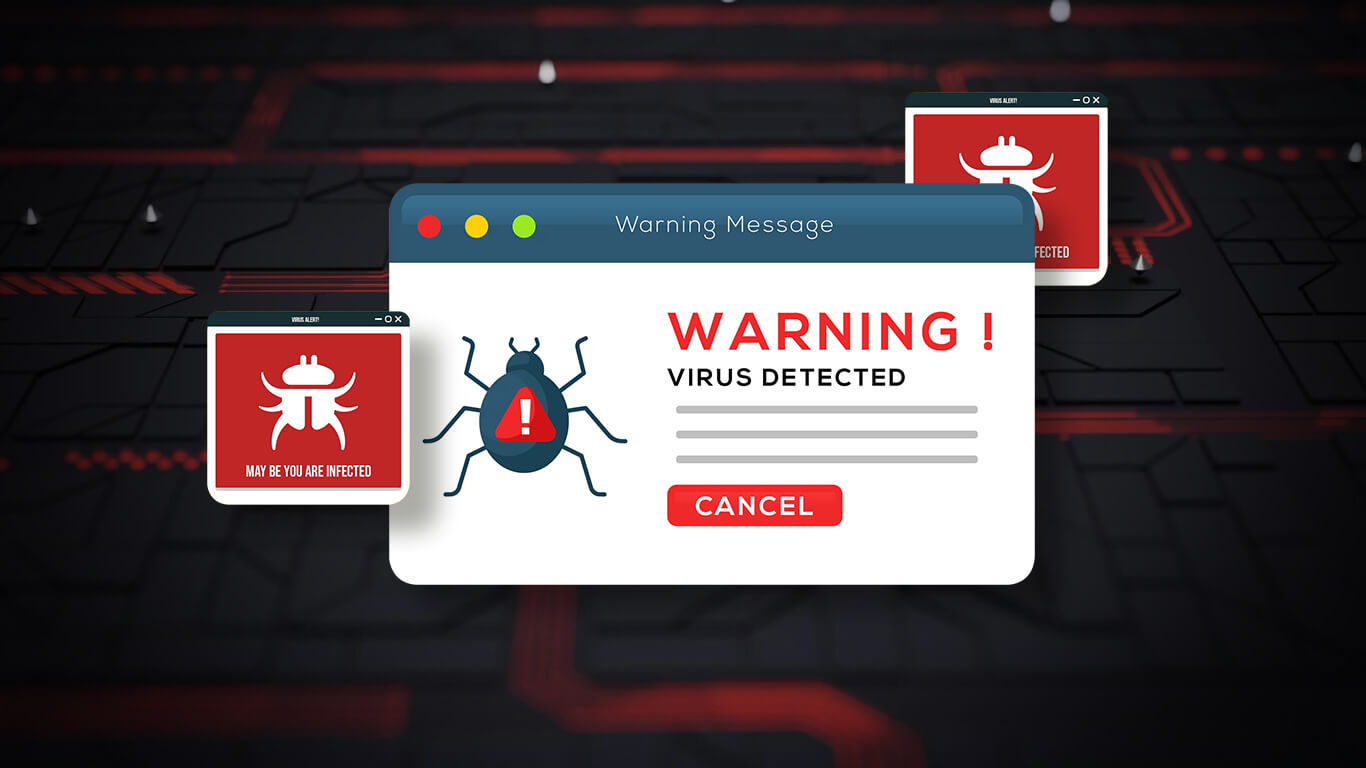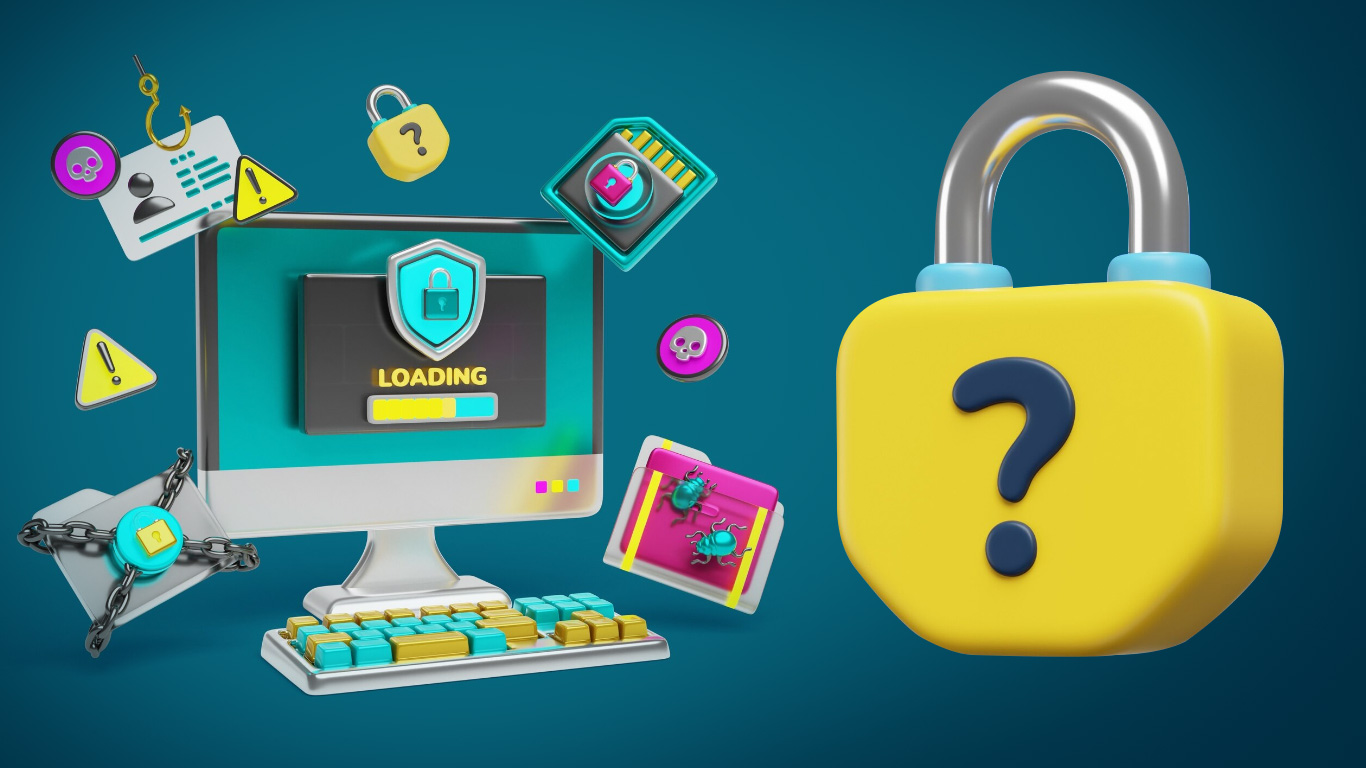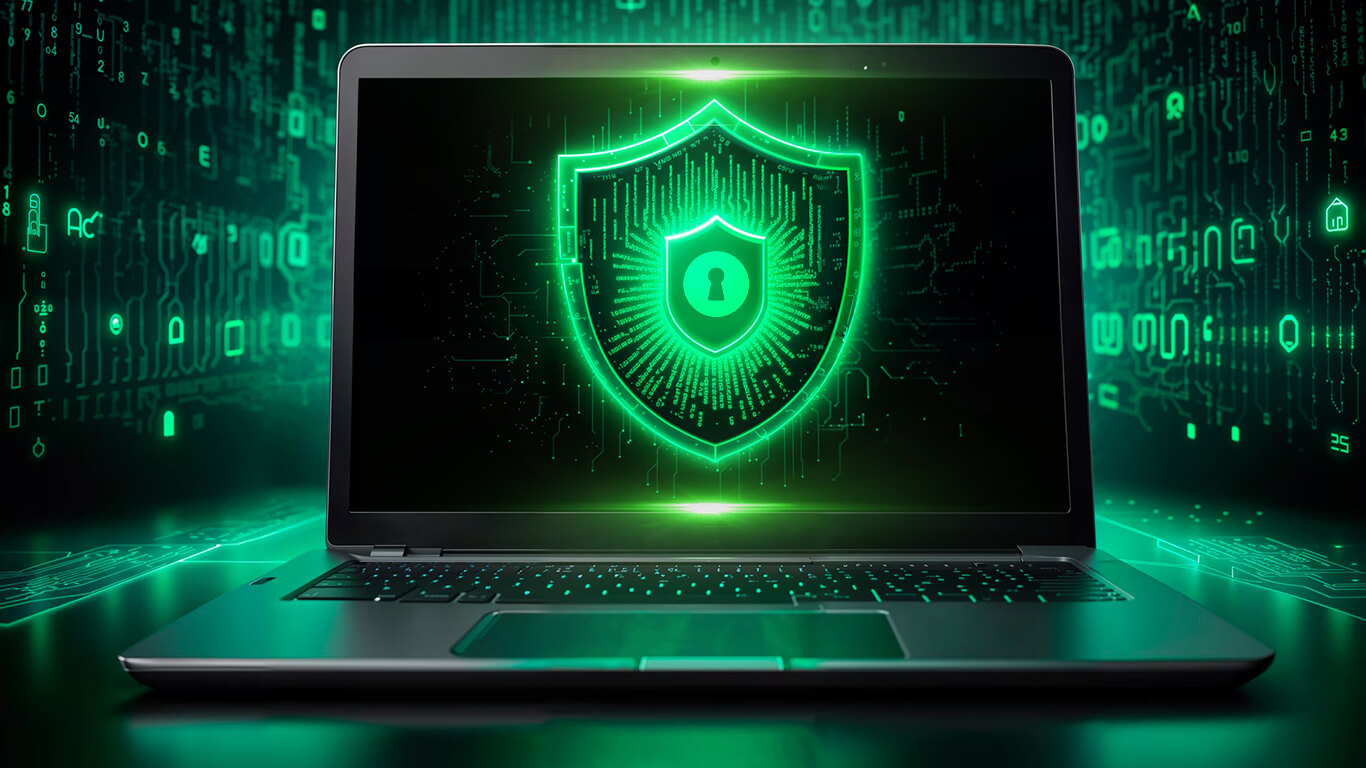Top 12 Computer Viruses of 2025: Threats You Need to Know Now

New strains of computer viruses keep popping up, and they cause major problems all over the world. According to Kaspersky, security systems detected an average of 467,000 malicious files per day in 2024, a ~14% jump from the previous year. That number shows just how fast cyber threats are growing.
Some viruses are built to steal your personal information, others lock your files for ransom, and some even hijack devices to fuel bigger criminal operations. The best way to stay safe is to know what’s out there. Below are some of the most dangerous computer viruses making headlines right now.
1. EvilAI
EvilAI is one of the most worrying threats in 2025 because it uses artificial intelligence to stay a step ahead. Unlike older viruses that repeat the same patterns, EvilAI can change its tactics in real time, making it very hard for traditional antivirus to detect. With AI-powered phishing campaigns and fake downloads becoming more convincing, this malware has seen a rise in infections across both personal devices and corporate systems.
It usually spreads through phishing emails, malicious attachments, and outdated software that hasn’t been patched. Protecting yourself means keeping systems updated, avoiding suspicious links, and running reliable antivirus tools. If you suspect an infection, disconnect your device immediately, run a full scan, and restore your files from clean backups before the virus spreads further.
2. HybridPetya
What makes HybridPetya so dangerous now is its blend of ransomware and worm-like spreading. In 2025, attackers are using it against companies with remote or hybrid work setups, taking advantage of networks that aren’t always properly secured. Once inside, HybridPetya can encrypt files and spread quickly across shared drives, causing widespread damage in minutes.
This virus often finds its way in through phishing emails, malicious links, or unpatched Windows vulnerabilities. Staying safe requires keeping your system updated, backing up files regularly, and training yourself to spot suspicious attachments. If your device gets locked down, don’t pay the ransom, disconnect it from the network and contact professionals for recovery.
3. BlackMamba
BlackMamba is one of the most aggressive ransomware families in 2025. While encrypting files is one threat, it can also deploy extra malware for extended damage. Critical sectors like healthcare, energy, and finance are frequent targets, since downtime in these industries can be devastating. Many BlackMamba attacks are run through ransomware-as-a-service operations, making it easier for less-skilled attackers to join in.
It spreads through phishing campaigns, fake websites, and malicious downloads. Protecting yourself means sticking to trusted sites, keeping backups offline, and running updated security software. If BlackMamba infects your device, take it offline immediately, restore from a secure backup, and get expert help before reconnecting to your network.
4. LockBit
LockBit is still one of the fastest-spreading ransomware families in 2025. This malware stands out because it locks your files and then leans on threats and deadlines to get what it wants. LockBit thrives in environments where multiple people share files or use older, unpatched systems, making businesses and organizations prime targets.
It usually spreads through phishing emails, stolen credentials, or infected USB drives. The best defenses are strong passwords, multi-factor authentication, and regular system updates. If you’re hit, disconnect quickly, notify your IT team, and recover from offline backups instead of paying the ransom.
5. RansomHub
RansomHub works differently from most malware: it lets hackers rent or buy ransomware tools. In 2025, this “malware-as-a-service” model is fueling a big rise in ransomware cases because it lowers the skill barrier for attackers. Small-time hackers can now launch large-scale attacks more easily, making RansomHub infections more widespread than ever.
Most infections start with phishing emails or weak cloud security setups. Protecting yourself means using strong authentication on cloud accounts, being cautious with unknown links, and keeping security tools up to date. If infected, take your system offline and run a deep scan, or seek professional recovery to ensure no hidden backdoors remain.
6. SocGholish
SocGholish has been around for years, but it stayed persistent well into late 2024 and continues to trick people in 2025. It pretends to be a browser update, but instead installs remote access tools that give hackers control of your system. What’s worse is that attackers now use AI-generated fake pop-ups that look almost identical to the real thing, so even careful users can be fooled.
It spreads through social engineering and fake update prompts. Protect yourself by only updating browsers directly through official websites or in-app settings. If you fall for it, disconnect from the internet right away and run antivirus tools to remove the remote access software before attackers get deeper into your files.
7. VenomRAT
VenomRAT is a Remote Access Trojan that gives attackers full control of infected devices. In 2025, it’s especially dangerous because it targets individuals through fake software downloads and phishing attachments disguised as invoices, work files, or app updates. Once inside, it can log keystrokes, steal files, and capture screenshots, all without you noticing.
It usually spreads through malicious websites, fake downloads, or phishing emails. The best protection is caution, don’t download from untrusted sites, and keep antivirus active at all times. If VenomRAT makes it into your system, cut your internet connection to stop data theft, run a complete malware scan, and restore from safe backups.
8. ZPHP
ZPHP is malware designed to attack websites and servers built on PHP, which still powers much of the internet in 2025. Hackers use it to inject malicious code, steal user data, or create backdoors for later attacks. With more businesses relying on websites for customer data and payments, ZPHP remains a serious threat.
It spreads by exploiting weak server configurations and outdated PHP versions. Website owners should patch servers regularly, use strong credentials, and run security audits often. If infected, the site should be taken offline, cleaned, and restored from a secure backup before going live again.
9. Agent Tesla
Agent Tesla has been around for years, but it’s still very effective in 2025. This info-stealing malware collects keystrokes, screenshots, and login details, and attackers frequently use it in phishing campaigns disguised as shipping updates or business documents. With more people shopping and working online, cases of Agent Tesla infections are on the rise.
It spreads mainly through phishing emails and fake software installers. To protect yourself, be extra careful with attachments and download software only from official sites. If infected, run a malware scan right away and change your passwords from a safe device since stolen credentials are often reused or sold.
10. RatOn
RatOn is another Remote Access Trojan, but this one is often used for spying. Hackers can remotely turn on webcams, record audio, and search through personal files. In 2025, with more people using their computers for work and online meetings, RatOn attacks can lead to serious privacy breaches.
It usually spreads through email attachments or compromised websites. Protect yourself by limiting app permissions, using firewalls, and avoiding shady downloads. If RatOn makes it in, disconnect from the internet, run removal tools, and reset any accounts that might have been accessed during the attack.
11. UNC6040
UNC6040 is linked to advanced persistent threat (APT) groups that focus on long-term espionage. In 2025, this malware is being used more often in targeted attacks against enterprises and government agencies, moving quietly across networks to steal valuable data. Unlike ransomware, it doesn’t make itself obvious right away, it hides and waits.
It spreads through phishing links, compromised credentials, and weak internal defenses. Protecting against UNC6040 requires layered security, constant monitoring, and strict access controls. If it’s detected, isolating affected systems and doing a full forensic investigation is necessary, since these attacks often involve multiple hidden backdoors.
12. UNC6395
UNC6395 is another APT-linked malware that focuses on high-value industries like finance and energy. In 2025, it’s known for complex, multi-stage attacks that use stealth and persistence to stay hidden for months. Attackers use this time to gather sensitive data, often without anyone realizing what’s happening.
It spreads through phishing, exploited vulnerabilities, and supply chain weaknesses. Organizations can defend themselves with strict patch management, employee phishing awareness, and limited access to sensitive systems. If UNC6395 is discovered, systems should be taken offline quickly, backups restored, and cybersecurity experts brought in for deeper investigation.
Staying Secure in a High-Risk Digital World
The cyber threat landscape in 2025 is more complex than ever. From ransomware that locks your files to Trojans that spy on your every move, attackers are using both advanced tools and simple tricks to get what they want. Antivirus alone won’t keep you safe; being aware, updating your devices, and knowing how viruses spread matters too. With the right mix of protection and awareness, you can lower your risk and avoid becoming the next easy target.


